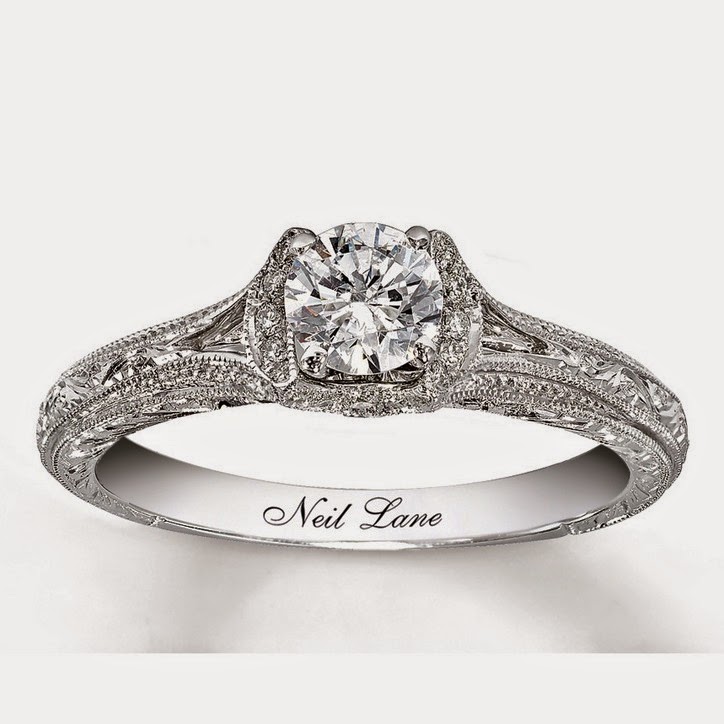Home »
» Engagement Rings
Engagement Rings
Posted by Unknown
Posted on 19.52
with No comments
Engagement Rings
An engagement or betrothal is a promise to wed, and also the period of time between a marriage proposal and a marriage—which may be lengthy or trivial. During this period, a couple is said to be betrothed, affianced, engaged to be married, or simply engaged. Future brides and grooms may be called the betrothed, a wife-to-be or husband-to-be, fiancée or fiancé, respectively (from the French word fiancer). The duration of the courtship varies vastly.
Long engagements were once common in formal arranged marriages, and it was not uncommon for parents betrothing children to arrange marriages many years before the engaged couple were old enough.
Customs for engagement rings vary according to time, place, and culture. An engagement ring has historically been uncommon, and when such a gift was given, it was separate from the wedding ring.
The tradition of giving a ring for marriage engagement originated from Judaism that was originally a golden nose ring (Chayei Sarah 24:22) given by Eliezer of Damascus to Rebecca, with Saadiah Gaon also citing as a possible source of the practice in the phrase in Nehemiah 7:46 be’nei tabbaot (children of the rings).The latter case refers to betrothal (see above) rather than engagement; one of the three ways in which betrothal may be accomplished in Judaism is by the husband giving the bride money or an object of at least nominal value. In fact, it is a long-standing practice within Judaism to contract the betrothal with a ring.
Romantic rings from the time of the Roman Empire sometimes bore clasped hands symbolizing contract, from which the later Celtic Claddagh symbol (two hands clasping a heart) may have evolved as a symbol of love and commitment between two people. Romans believed the circle was a bond between the two people who were to be married and signified eternity, but was first practiced on the fourth finger/ring finger by the Romans, who believed this finger to be the beginning of the vena amoris ("vein of love"), the vein that leads to the heart. In cultures with European origin, and many other countries, an engagement ring is worn following the practice of the Romans who "...wore the ring either on the right middle finger or the left ring [4th] finger, from which, according to ancient Egyptian physicians, a nerve led directly to the heart." The custom in Continental Europe and other countries is to wear it on the right hand. One historical exception arose in monarchical regimes, in which a nobleman entering into morganatic marriage, a marriage in which the person, usually the woman, of lower rank stayed at the same rank instead of rising ranks, would present their left hand to receive the ring, hence the alternative term 'marriage with the left hand' (Ger. Ehe zur linken Hand), the offspring of such marriages considered to be disinherited from birth.
The modern Western form of the practice of giving or exchanging engagement rings is traditionally thought to have begun in 1477 when Maximilian I, Holy Roman Emperor, gave Mary of Burgundy a diamond ring as an engagement present.
In other countries like Argentina, men and women each wear a ring similar to wedding bands. They are made of silver ("alianza de plata") when manifesting an informal "boyfriend-girlfriend" relationship, though this first step might not always happen; howbeit depending on finances, this may be the only ring given at all. The gold band ("anillo de compromiso" or "alianza de oro") is given to the bride when the commitment is formal and the [optional] diamond ring ("cintillo") is reserved for the wedding ceremony when the groom gives it to the bride. The gold band that the groom wore during the engagement – or a new one, as some men choose not to wear them during engagement – is then given to the groom by the bride; and the bride receives both the original gold band and the new diamond at the ceremony. The bride's diamond ring is worn on top of the engagement band at the wedding and thereafter, especially at formal occasions or parties; otherwise the engagement band suffices for daily wear for both parties. At the wedding, the rings are swapped from the right to the left hand. In Brazil, they are always made of gold, and there is no tradition for the engagement ring. Both men and women wear the wedding band on their right hand while engaged, and, after they marry, they shift the rings to their left hands. In Nordic countries such as Finland and Norway, both men and women wear an engagement ring.
In the modern era, some women's wedding rings are made into two separate pieces. One part is given to her to wear as an engagement ring when she accepts the marriage proposal and the other during the wedding ceremony. When worn together, the two rings look like one piece of jewelry.






























0 komentar:
Posting Komentar